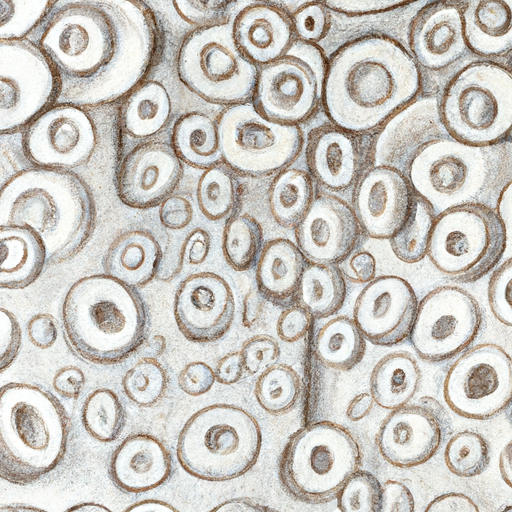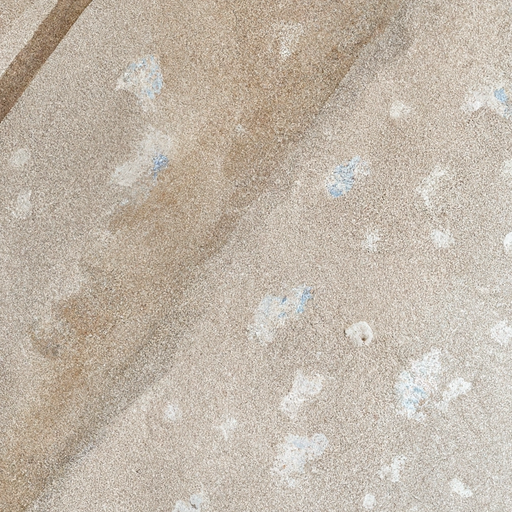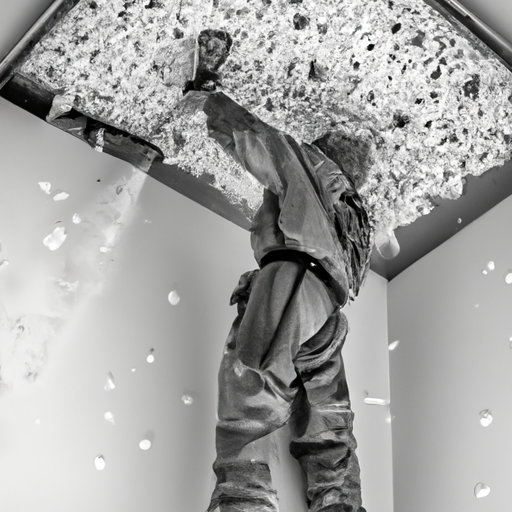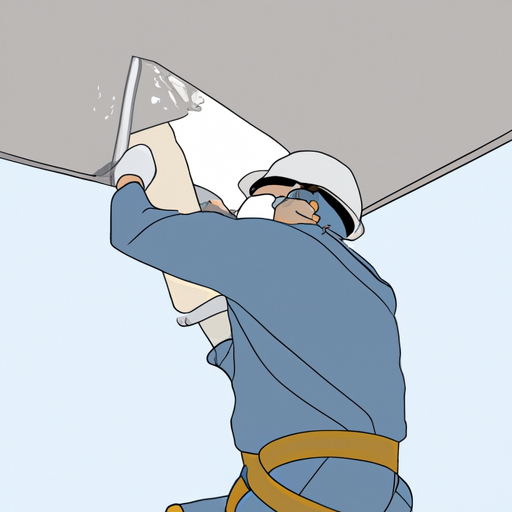TL; DR: Popcorn ceilings, also known as acoustic ceilings, have become controversial due to health hazards and outdated aesthetics. Buying a house with a popcorn ceiling has the advantages of cost and noise reduction, but also has an outdated appearance. Their removal can be time-consuming and messy, which can lead to asbestos concerns. Alternative options include sheathing them with new plasterboard. Potential buyers should consider expert advice, demolition costs, the age of the home and asbestos issues before purchasing a home with a popcorn ceiling.
Are you looking to buy a new home but come across a property with popcorn ceilings? Popcorn ceilings, also known as acoustic ceilings or cheese ceilings, were popular in the mid-20th century, but have since become a controversial feature in homes. In this article, we’ll look at the pros and cons of buying a house with popcorn ceilings, the cost and effort involved in removing them, alternative options to deal with them, and expert advice on factors to consider before making your decision. Whether you love them or hate them, it’s important to weigh the pros and cons before deciding if a popcorn ceiling home is the right choice for you.
- 1. “What are popcorn ceilings and why are they controversial?”
- 2. “Pros and cons of buying a house with a popcorn ceiling”
- 3. “Removing the Popcorn Ceiling: Cost, Time and Effort”
- 4. “Alternative options for fighting popcorn ceilings”
- 5. “Expert advice: factors to consider before making a decision”
1. “What are popcorn ceilings and why are they controversial?”

Popcorn ceilings, also known as acoustic ceilings or speckled ceilings, were a popular trend in the mid-20th century. The textured surface was created by spraying a mixture of paint and Styrofoam or vermiculite onto the ceiling, giving it an uneven, popcorn-like appearance. Although originally installed for their soundproofing and insulating properties, popcorn ceilings have become a controversial topic in recent years.
One of the main reasons for the controversy surrounding popcorn ceilings is their potential health hazards. Many popcorn ceilings installed before the late 1970s contain asbestos, a harmful mineral known to cause serious health problems, including lung cancer and mesothelioma. Asbestos was a common ingredient in textural compounds used for popcorn ceilings. So if you’re considering buying a home with popcorn ceilings, it’s important to have them tested for asbestos before making a decision.
Another cause of controversy about popcorn ceilings is their outdated aesthetic. Over time, these textured ceilings fell
2. “Pros and cons of buying a house with a popcorn ceiling”

Popcorn ceilings, also known as acoustic ceilings, were popular in the mid-20th century for their ability to reduce noise and cover imperfections. However, they have recently become less desirable due to their outdated appearance and potential health hazards. When deciding whether to buy a house with a popcorn ceiling, it is important to weigh all the pros and cons.
One of the significant benefits of buying a home with a popcorn ceiling is the potential savings. As a general rule, houses with popcorn ceilings cost less than houses with modern smooth ceilings. This can be an attractive option for buyers looking for a more affordable home or willing to invest in renovations.
Another advantage is that popcorn ceilings can act as a good insulator, reducing the transmission of noise between floors. This can be especially useful in high-rise buildings or apartments where privacy and quiet are desired.
However, it is important to note the downsides of buying a house with a popcorn ceiling. The most noticeable drawback is their outdated appearance. Popcorn
3. “Removing the Popcorn Ceiling: Cost, Time and Effort”

Popcorn ceilings, also known as acoustic ceilings, were a popular choice in homes built from the 1950s to the 1980s. However, they have fallen out of favor in recent years due to their outdated appearance and potential health problems. If you’re considering buying a home with popcorn ceilings, it’s important to understand the cost, time and effort involved in removing them.
Popcorn ceiling removal can be a time-consuming and messy process. The first step is to determine if the ceiling contains asbestos, as this mineral was commonly used in old popcorn ceilings due to its fire-resistant properties. If asbestos is present, it is imperative to hire professionals for removal to ensure safety. On the other hand, if the ceiling does not contain asbestos, the removal process can be done as a DIY project.
The cost of removing a popcorn ceiling depends on several factors, such as the size of the room, the condition of the ceiling and the presence of asbestos. Hiring professionals can
4. “Alternative options for fighting popcorn ceilings”

When deciding whether to buy a home with a popcorn ceiling, it’s important to explore alternatives to this outdated feature. If textured ceilings are not to your liking, you should consider several potential solutions.
One option is to remove the popcorn texture entirely. This can be a time-consuming and messy process, as it usually involves scraping off the texture and then refinishing the ceiling. It’s important to note that if popcorn ceilings were installed before the 1980s, they may contain asbestos, which can be dangerous to your health if disturbed. In such cases, it is important to hire a professional asbestos removal company to ensure that the texture is removed safely.
Another alternative is to cover the popcorn ceiling with a new layer of plasterboard. This method involves installing new drywall directly over the existing ceiling, providing a smooth surface that can be painted or finished to your liking. Although this option avoids the potentially dangerous task of removing the texture, it reduces the height
5. “Expert advice: factors to consider before making a decision”

Before making the decision to buy a house with a popcorn ceiling, there are various factors to consider. Seeking expert advice can help potential buyers make an informed decision. Here are some key factors to consider:
1. Cost of dismantling. An important aspect is the cost of dismantling the popcorn ceiling. Popcorn ceiling removal can be a messy and time-consuming process. Professional help is often required, which can add to the overall cost. Consulting with experts can provide an estimate of the costs associated with ceiling removal or renovation.
2. Age of the house: The age of the house is another important factor to consider. Popcorn ceilings were popular in the mid-20th century, but fell out of favor due to their dated appearance. Older homes are more likely to have popcorn ceilings, so it’s important to evaluate whether the aesthetic appeal of the ceiling matches your preferences.
3. Asbestos Concerns: Popcorn ceilings installed before the 1980s may contain asbestos
In conclusion, the decision of whether or not to buy a house with a popcorn ceiling ultimately comes down to personal preference and the specific circumstances of the property. Although popcorn ceilings can have their drawbacks, such as potential health risks and the need for dismantling, they also have their advantages, such as soundproofing and potential cost savings. It is important for potential buyers to carefully weigh these pros and cons and consider factors such as the cost, time and effort required to remove popcorn ceilings, as well as alternative control options. Seeking expert advice and a thorough assessment of the home’s overall condition and potential can help buyers make an informed decision that fits their preferences and budget. At the end of the day, it’s up to each person to decide whether having a popcorn ceiling is a deal breaker or a manageable aspect of their future home.
 Purex find
Purex find